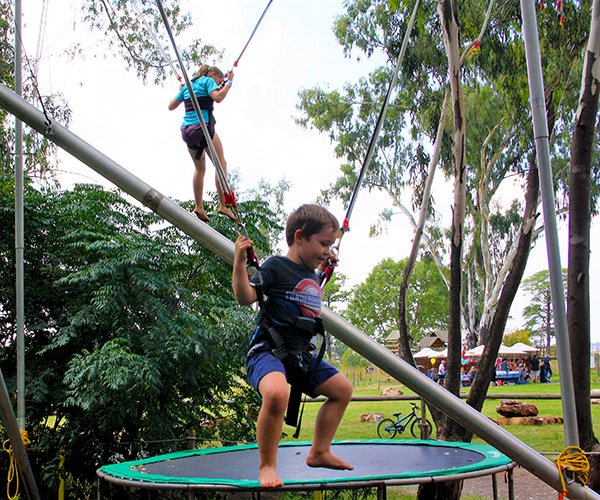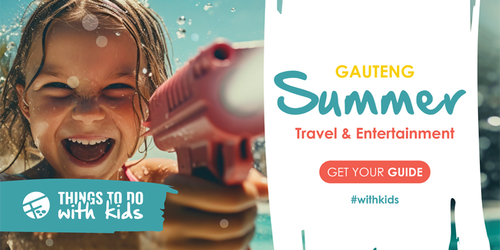Practical Proprioceptive Activities that Calm, Focus and Awaken – with Acrobranch
Healthy Kids - with Acrobranch
As a Biokineticist and mom, proprioceptive activities are some of my favourite activities as they can be used to help calm, focus, or even alert a child. But, as with most parenting situations, there isn’t a fool-proof recipe to follow. It is rather a process of learning what your child's' unique preferences are and then practising various activities to help your child with processing, concentrating and sleeping. Understanding these practical proprioceptive activities can be a real lifesaver and positively influence the relationship you have with your child.
What is wonderful about these proprioceptive activities are that they can be used anywhere. About a year ago there was a very difficult situation at my daughters’ school. There was a new girl who often ended up on top of other kids or pushing them around and she threw extreme temper tantrums. My daughter was half her size and about a year younger than her. She managed to avoid the girl, until one day, when the girl decided to wait at the gate and demanded that my daughter hugged her as a “hello”. My daughter hid behind me and point blank refused to even greet her as she had seen what the girl has done to other children before. The situation repeated itself the next day and I realised I would have to empower my daughter through education. I knelt and asked the girl, would you like a hug? She nodded, I gave the girl a bear hug and applied some joint pressure. She turned around and ran off smiling.
The new girl had some sensory integration issues and instead of politely asking for a hug that she knew she needed in order to calm down, she demanded it. It was like “hug me or die” bully situation. With some simple proprioceptive activities and helping the girl to verbalise her need we could defuse the situation and empower both her and my daughter.

Before I carry on I would just like to thank Acrobranch for sponsoring this #HealthyKids article on proprioception. Acrobranch goes out of their way to provide children with healthy proprioceptive activities in an outdoor environment. They have 8 play parks across the country - check Acrobranch out here!
What is Proprioception and why does it matter?
Most people have never been taught about this 6th sense. Understanding how proprioception works is key to understanding why it helps your child and why they seek or avoid it.
Simply put, proprioception is our body’s ability to know where it is in space. Just like we hear through receptors in our ears and determine where sounds come from, with proprioception, we know where our body is because of receptors that run through our skin, muscles and tendons. Visual receptors are stimulated by light, ears by soundwaves and proprioception are stimulated by pressure to the receptors throughout our body. Anytime we feel the wind on our skin, hug someone, push or pull, our bodies are getting proprioceptive input.
This 6th sense, our proprioceptive system, assists in balance, writing and other activities of daily living. We basically need to know where each part of our body is or needs to be next in order to do pretty much everything. Referring back to the incident at my daughter's school, you can see that it can have an immense effect on your social relationships. It can further affect family leisure time, a child who struggles with balance will also not enjoy outdoor activities like hiking on uneven surfaces. Proprioception plays a powerful role in how we interact with objects and people around us and developing it is then of utmost importance for everyone.
5 Activities That Calms
- Climbing - climbing trees, on a jungle gym or over obstacles
- Crawling - through a tunnel, or "like a cat" on all fours
- Hanging - from a monkey bar, hooked to a harness
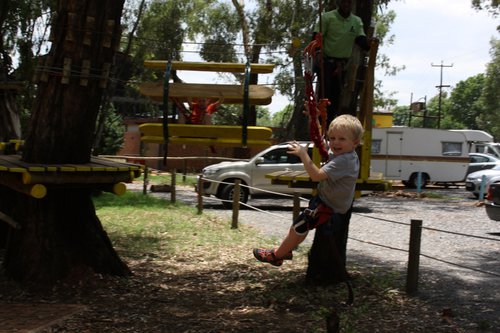
- Jumping - Acrotwigs, trampolines, skipping rope or hopping "like a frog"
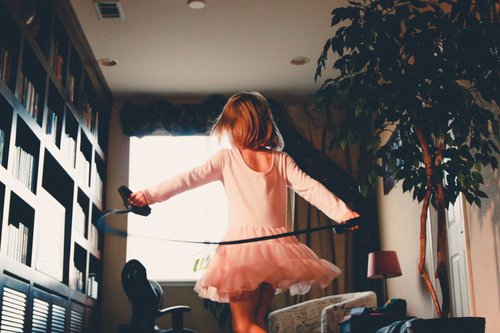
- Stretching - "lengthen your body like a tree", yoga or reaching for an object
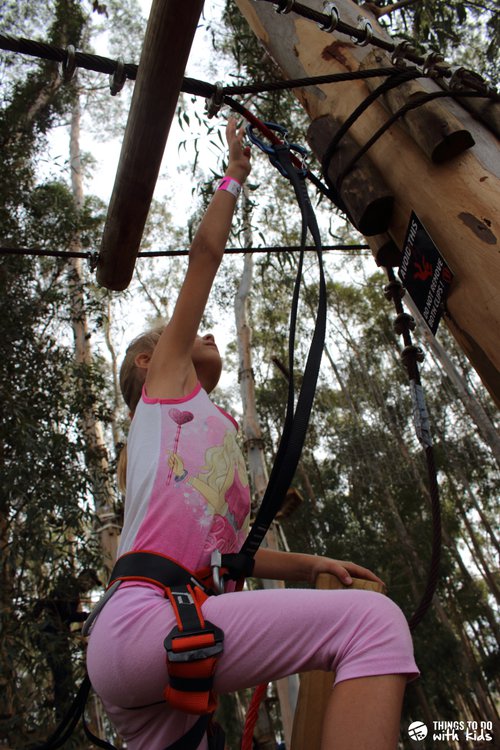
5 Heavy Work Activities
Heavy work is a term used to describe any type of activity that activates proprioceptive receptors. Heavy work can have a calming effect or alert and orienting effect based on what your child is seeking. It allows your child to get adequate proprioceptive input that will help them focus and increase self-regulation.
- Pushing - push items like a trolley in store, push a friend on a swing
- Pulling - pull rope, pull ones body up on a branch
- Crashing into things (padded, safety first)
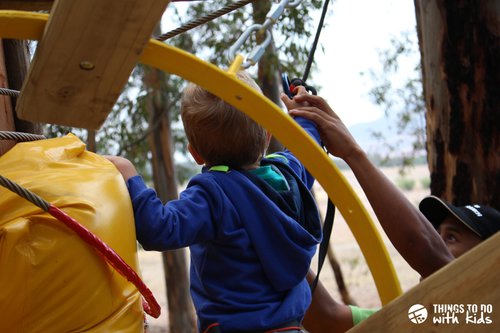
- Punching - a punching bag or pillow
- Wheelbarrow walking - it is great for core stability too!
5 Deep pressure activities
- Blanket rolling - or towel rolling after bathtime
- Deep firm Hugging (not received well by kids who may have other sensory challenges)
- Joint compression
- Lying under heavy objects - weighted blankets or sofa cushions
- Massage - to give or receive ( I for one calm down by giving a deep pressure massage rather than receiving one- sounds like a WIN, right?)
What proprioceptive activities do you use to calm, focus and/or alert your child/students?


